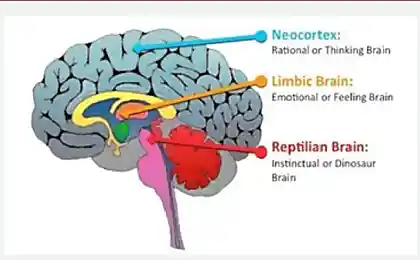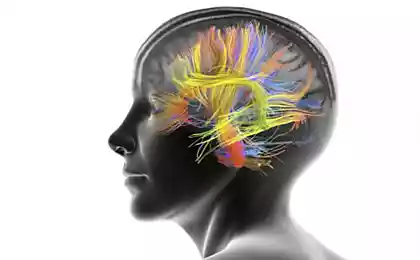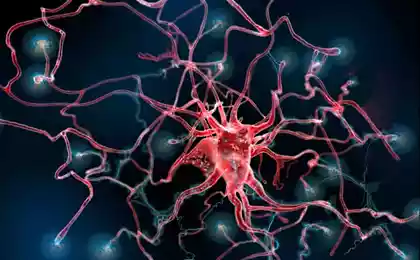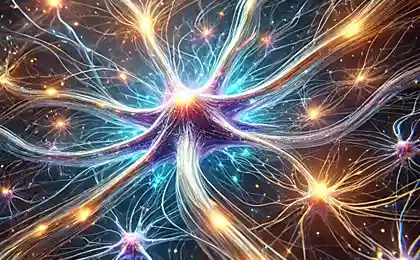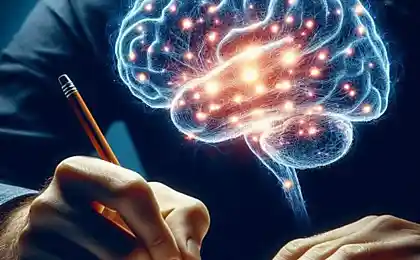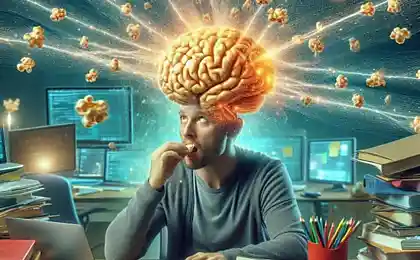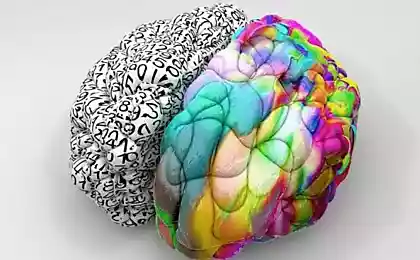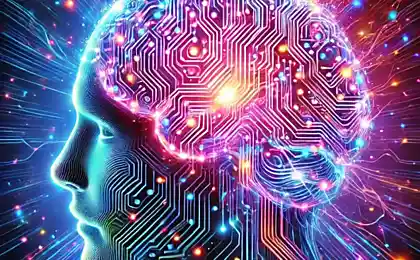186
How Your Memory Works and What Happens When It Ends
Every day, your brain processes gigabytes of information, most of which is garbage taking up space in your memory.
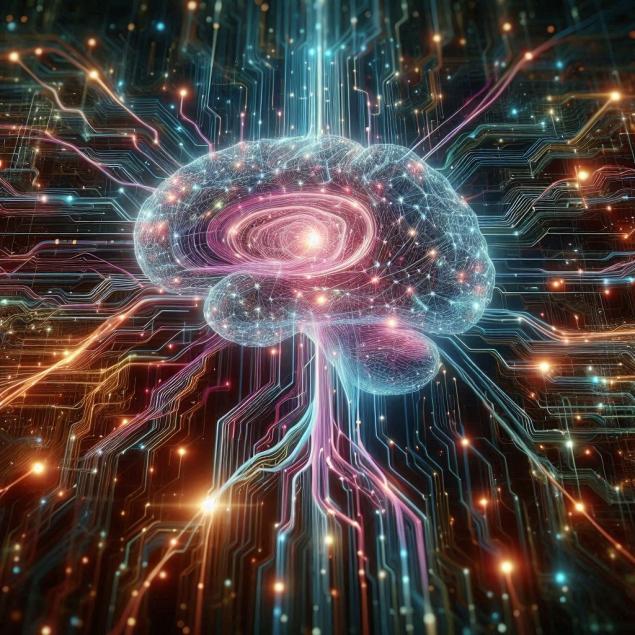
Imagine a library where thousands of new books come in every day, but no one keeps order. Pages are mixed, important volumes are lost among waste paper, and shelves are overflowing to the limit. This is how your memory works – a complex system of storing and processing information, which every second encounters a flow of data that exceeds its capabilities.
Modern research shows that the human brain processes about 34 gigabytes of information daily. This is equivalent to watching 9 hours of high-resolution video. Only 5% of this information enters long-term memory, and the rest is either forgotten within seconds or creates information chaos in our minds.
The paradox of modern memory
Neuroscientist Daniel Levitin of McGill University has discovered a surprising phenomenon: the more information we consume, the worse our ability to deeply analyze and remember the really important things becomes. The brain, overloaded with digital noise, begins to work in surface scan mode, losing the ability to concentrate.
Memory Architecture: How Everything Works Inside
Your memory is not a single storage, but a complex multi-level system that works on the principle of filtering and sorting. At the input is sensory memory, which holds information only 0.5-2 seconds. She works as a security guard at the entrance to an elite club - decides who to miss next and who to weed out immediately.
The next level is short-term memory or working memory. Here information can linger for 15-30 seconds, but its volume is extremely limited. Psychologist George Miller found in 1956 that we can keep only 7±2 pieces of information in active attention.
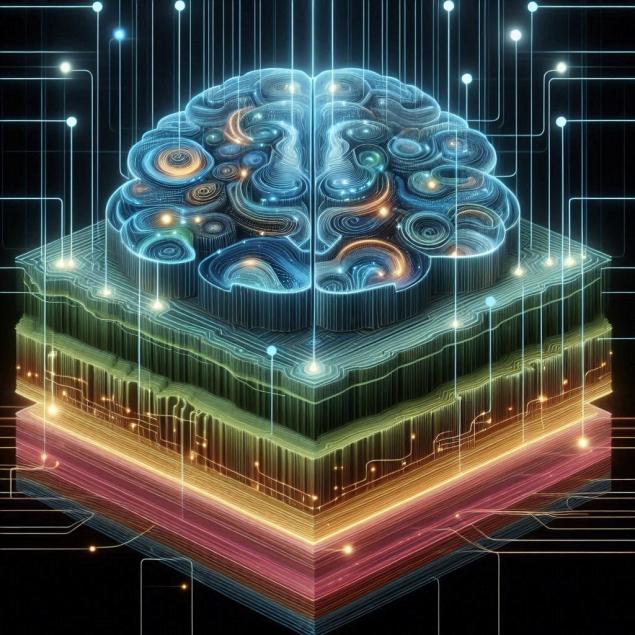
What Happens to Information Garbage
Much of the daily flow of information is digital trash: endless social media feeds, notifications, advertising, background conversations. This garbage doesn't disappear without a trace. It creates what neuroscientists call “cognitive load” – a constant background strain that drains mental resources and reduces the efficiency of processing really important information.
When memory is overflowing: alarms
Memory overload is not manifested in the same way as a computer hard drive overflow. The brain doesn't give out a "not enough space" message, but the signals are there, and they're very eloquent.
The symptoms of information overload:
- Dispersion and forgetfulness You forget why you came into the room, or you can’t remember the name of someone you know.
- Decreased concentration Difficulty focusing on one task for more than a few minutes
- Mental fatigue Feeling exhausted after a normal working day
- Problems with decision-making Even simple choices seem complicated.
- Emotional instability Increased irritability and anxiety
The mechanisms of forgetting: why the brain erases information
Forgetting is not a flaw, but an adaptive function of the brain. Neuroscientist Thomas Musacca of Rockefeller University has shown that active forgetting is just as important for brain health as remembering. Without the ability to forget, we would drown in an ocean of useless details.
The Story of Solomon Shereshevsky
In the USSR lived a man with a phenomenal memory – Solomon Shereshevsky. He remembered everything: every word of every conversation, every face, every detail of the world. A perfect memory is the dream of any student. But Shereshevsky was deeply unhappy. His mind was full of trillions of unnecessary details, he could not abstract, generalize, think conceptually. His case showed that the ability to forget is critical to the normal functioning of intelligence.
The brain uses several strategies to get rid of information debris. During sleep, the glymphatic system is activated - a kind of "canalization" of the brain, which literally washes out the waste products of neurons and unnecessary information. Studies have shown that during deep sleep, the brain increases in volume by 60%, creating space for effective cleaning.
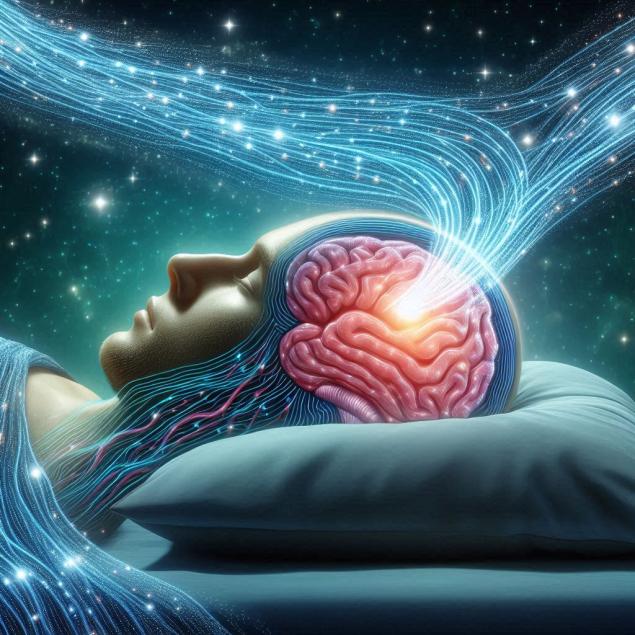
Practical strategies for optimizing memory
Understanding how memory works opens up opportunities for optimization. Here are the specific techniques supported by neuroscientific research:
Digital Posting Technique
Once a week, have a day of complete abandonment of digital devices. A Carnegie Mellon study found that even a 24-hour break in digital information consumption significantly improves the ability to concentrate and remember for the next 7-10 days.
Spatial separation of information
Create physical and mental containers for different types of information. Work tasks - only in the workplace, personal reflection - at a special time, entertainment content - in a strictly limited time frame. This technique is based on the principle of context-dependent memory.
- Morning Information Diet For the first 2 hours after waking up, avoid news feeds and social media
- Active Forgetting Technique Before going to bed, mentally “let go” all the unnecessary information of the day.
- Rule of three priorities Choose only the 3 most important information tasks daily
- interval repetition Information to remember, repeat at increasing intervals of time
A modern version of ancient mnemotechnics. Create a virtual space in your mind – it could be your home, a familiar street, or even a video game. Place important information in specific “locations” of this space. Neuroimaging shows that this technique activates the hippocampus and significantly improves long-term memory.
The Future of Memory: Adapting to the Information Age
The human brain evolved under conditions of lack of information, and now exists in conditions of its abundance. Neuroplasticity allows us to adapt, but this process requires conscious effort.
Studies show that people who practice mindfulness meditation show increased gray matter density in areas of the brain responsible for attention and working memory. Just 8 weeks of regular meditation practice for 10-15 minutes a day leads to measurable changes in brain structure.
The key to healthy memory in the digital age is not fighting the flow of information, but managing it. Your brain has an amazing ability to organize itself, but it needs your help in the form of a conscious choice of what deserves a place in your memory.
Glossary
Neuroplasticity The ability of the brain to change its structure and function in response to lifelong learning and experience.
Glymphatic system A brain cleaning system that removes metabolic waste and toxins from nerve tissue is especially active during sleep.
Working memory A system of temporary storage and processing of information necessary to perform complex cognitive tasks.
Cognitive load The amount of mental effort used by working memory to process information.
hippocampus A brain region that plays a key role in the formation of new memories and spatial navigation.
interval repetition Learning techniques based on the repetition of information at increasing intervals.
Gray matter nerve tissue of the brain, consisting mainly of the bodies of neurons, responsible for processing information.
Context-dependent memory The phenomenon of better reproduction of information in the same context in which it was studied.




